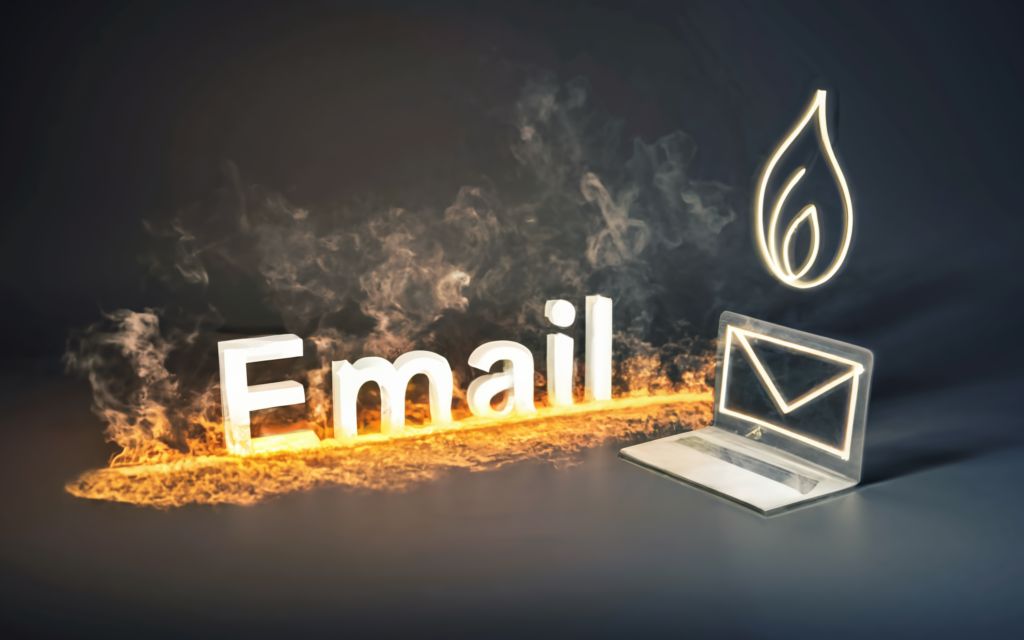From etiquette to templates, this comprehensive guide reveals insider tips toelevate your email game for personal and professional contexts. Learn the history, best practices, sample emails, and the future of electronic messaging.
A Brief History of Email and How It Works
Believe it or not, email has been around since the 1960s. Back in the day of mainframe computers and punch cards, ingenious engineers saw the potential for electronic messaging. Early networks like ARPANET allowed users on different systems to send simple text messages to each other.
Of course, email back then worked much differently than today. There was no standardized protocol, so each system used its own formatting and commands. Sending messages across networks was tedious. But it planted the seeds for what email would become.
The first big breakthrough came in 1971 with the introduction of the ‘@’ symbol to indicate the user’s network address. So history buffs can thank Ray Tomlinson for giving us the email address format we still use today!
Over the next decade, lots of incremental innovations led to the email protocols and systems we now rely on:
- SMTP (Simple Mail Transfer Protocol) became the standard for routing and transmitting email between servers, which enabled communication between different networks.
- POP3 (Post Office Protocol) allowed users to retrieve email from their servers to local computers. This enabled offline access to saved messages.
- IMAP (Internet Message Access Protocol) was developed as an alternative to POP3, keeping messages on the server instead of downloading them. This allowed access across multiple devices.
By the 1990s, GUI-based email clients like Eudora](https://en.wikipedia.org/wiki/Eudora_(email_client)) and [Microsoft Outlook brought email into the mainstream. The rise of the World Wide Web also ushered in webmail services that made email available through any browser.
Today, most people access email via apps on their smartphones, tablets, and computers. Under the hood, these apps use protocols like IMAP or POP3 to communicate with mail servers that route messages globally.
The Anatomy of an Email
Every email you send and receive contains some standard components:
- Email Addresses: The ‘to’ and ‘from’ addresses follow the standard username@domain format, identifying the sender and recipients.
- Subject Line: A brief summary appearing on the message header that signals the email topic.
- Message Body: The content of the email containing text, images, attachments, and other multimedia.
- Attachments: Additional files like documents, photos, or videos appended to the email.
- Header: Metadata including time/date sent, transmission route, client details.
So while the user experience has changed, the core concepts of addressing, content, and transmission underlie all email communication. Understanding this backbone will make you a better emailer!
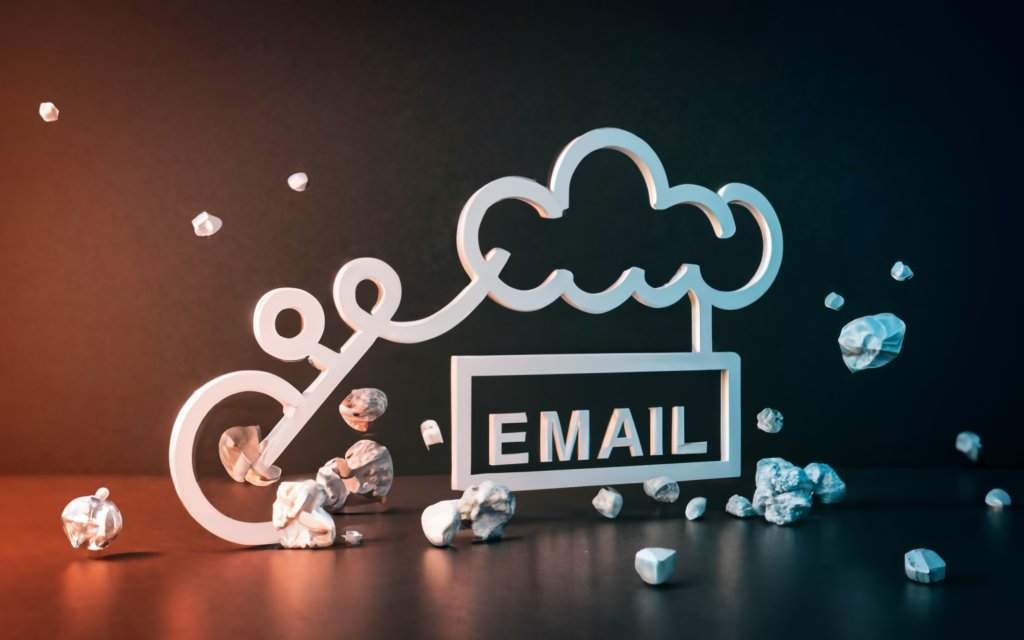
Professional Email Etiquette and Best Practices
You don’t have to be obsessively formal, but following proper email etiquette helps you come across as polite, respectful, and professional. Especially when emailing colleagues, clients, employers, or anyone important, you want to avoid looking careless or rude.
Let’s go over some tips for being an email etiquette pro:
1. Use clear, specific subject lines.
The subject line is valuable real estate that tells your recipient what the email is about. “Urgent”, “Follow Up”, or “Question” don’t cut it. Instead, summarize the purpose like “Meeting Agenda for Tomorrow” or “Requesting Q3 Sales Report”.
2. Include an appropriate greeting.
“Hey” or “Yo” are too casual for most professional emails. Stick with “Hi [First Name]” if you have an existing relationship, or “Dear Mr/Ms [Last Name]” if you don’t know them well. Personalize when possible.
3. Proofread before hitting send.
We all make typos, but resist the impulse to fire off an email the second you finish writing. Take an extra minute to proofread so you don’t send an email riddled with errors.
4. Avoid using all CAPS.
ALL CAPS FEELS LIKE YOU’RE YELLING. Use caps sparingly for emphasis or acronyms, but avoid big blocks of capital text.
5. Be cautious with humor and sarcasm.
Without tone and body language cues, written humor can easily be misinterpreted. Only use humor if you know the recipient well.
6. Sign with a proper closing and signature.
Closing with “Best” or “Sincerely” and your name helps wrap up professional email. Skip flippant closings like “Ciao” or “Peace.”
7. Reply reasonably fast.
You don’t have to instantly respond, but replying within 24 hours maintains politeness and keeps communications flowing. Even a quick “Got it, thanks!” shows you’re engaged.
8. Be wary of email “shortcuts.”
Resist the temptation to use shorthand like “u” instead of “you.” While fine for texts, they’re too casual for professional emails.
9. Avoid spam keywords.
Terms like “Free Money” will likely trigger spam filters, preventing delivery. Review your email to remove potential spam red flags.
10. Watch your email volume.
Inundating recipients with frequent or lengthy emails comes across as insensitive to their workload. Try to consolidate requests and be concise.
Following etiquette takes a little more time and effort but projects professionalism. Combine these tips with solid organization, clear writing, and an overall spirit of helpfulness, and your emails will be top-notch!
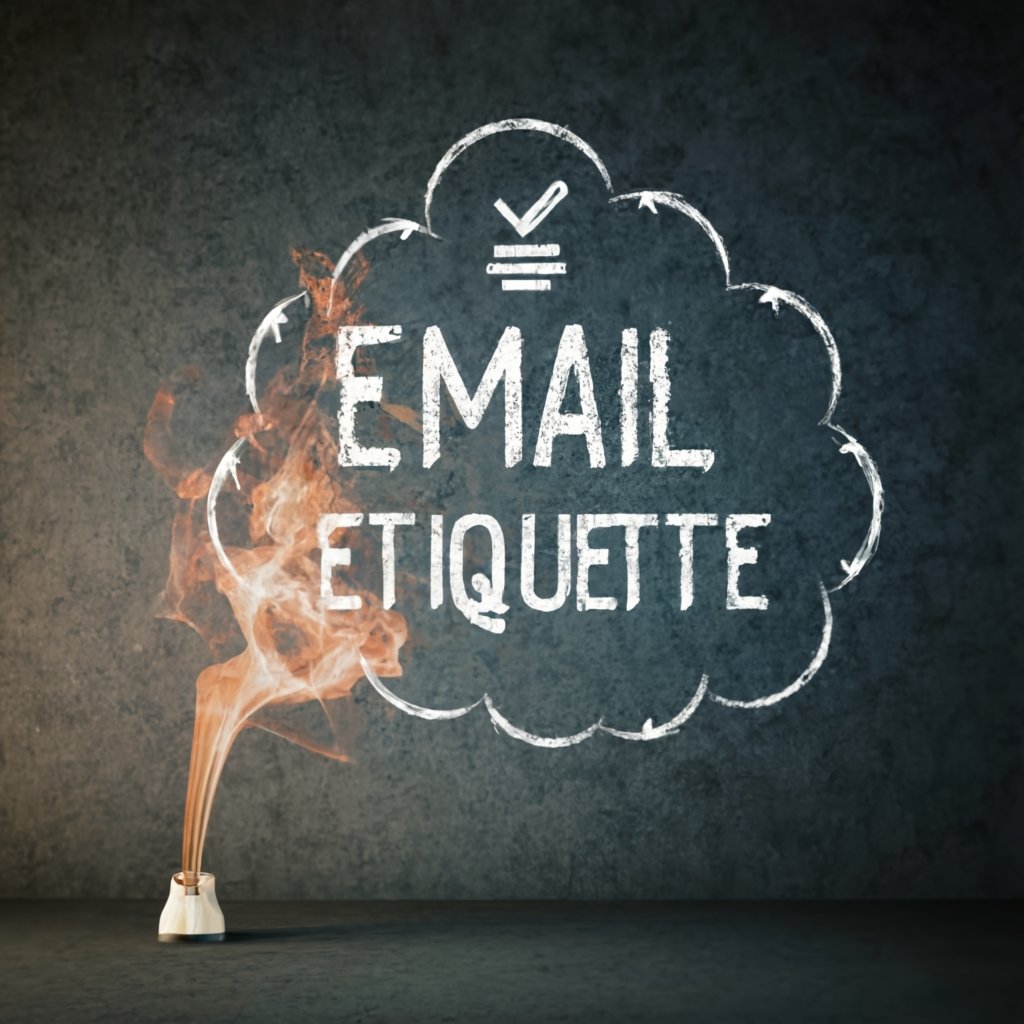
Email Marketing Basics for Businesses
Email is one of the most effective digital marketing channels, with ROI up to 4400%. But blasting irrelevant emails is a surefire way to get sent to the spam folder or unsubscribed altogether. Follow these fundamentals to make the most of email marketing:
Know the Benefits
Well-executed email campaigns provide businesses several advantages:
- Cost-effective – Email is cheaper per lead/sale vs. other channels like paid ads.
- Measurable – Detailed analytics like open/click rates help optimize campaigns.
- Personalized – Segmented subscriber lists enable targeted, relevant messaging.
- Automated – Drip campaigns, newsletters, and autoresponders save time.
- Portable – Email drives traffic and sales regardless of platform or device.
Build Your Audience
Quality over quantity applies here. Aim to build a subscriber list who genuinely wants to receive your emails through:
- Website signups with popups and landing pages
- Social media and paid ads driving to opt-in forms
- Lead magnets/content upgrades in exchange for email addresses
Segment Your List
Group subscribers into segments or lists based on demographics, interests, purchase history, etc. This allows sending targeted, relevant emails instead of spamming everyone. For example, segments could include:
- New subscribers (welcome series)
- Men/women (for gender-specific products/content)
- Previous purchasers (remarketing campaigns)
- Blog subscribers (content update newsletters)
Develop a Consistent Brand Voice
Your business’ personality should come through in all marketing communications. Define your tone and style guidelines, then ensure email consistently aligns with your brand voice. Are you:
- Helpful and friendly?
- Witty and conversational?
- Traditional and formal?
Leverage Email Marketing Tools
Services like Mailchimp](https://mailchimp.com/), Constant Contact, and [Campaign Monitor make campaign creation, sending, and tracking easier. Look for features like:
- attractive templates
- A/B subject line testing
- scheduling and automation
- analytics integrations
- list management
Following email best practices takes careful planning and some testing, but pays off in the long run with higher open rates, clicks, and ROI from your campaigns. Treat your subscribers with respect by sending valuable, relevant content, and you’ll reap the benefits.
Cold Email Outreach Tips and Templates
Cold email can be an effective way to reach new prospects and customers. But generic “spammy” messages will likely hurt, not help your outreach. Follow these tips to create personalized, relevant cold emails that generate more responses:
Research Prospects First
Targeting the right people is crucial. Before reaching out cold, learn about the prospect’s:
- Name/contact info
- Company/role details
- Interests/pain points
This allows personalizing your cold emails based on their needs. Tools like Clearbit](https://clearbit.com/), RocketReach, and [Hunter.io help find prospect contact info and backgrounds.
Personalize the Message
Avoid blasting the exact same message to every prospect. Use their name, company details, interests, etc. to craft unique emails. Personalized subject lines also boost open rates.
Be Concise and Scannable
Prospects are busy. Get to the point quickly in 2-3 concise paragraphs. Use bullet points and bold text for scannability. Explain clearly how you can provide value.
Include a Strong CTA
Don’t just end with your contact info. Close with a call-to-action like scheduling a call or meeting to continue the conversation. Make it easy for them to engage further.
Follow Up Politely
If no response after 3-5 days, follow up once mentioning the previous email. Then move on if they still don’t respond to avoid annoyance.
Use Cold Email Tools
Services like Mystrika help automate cold email outreach while optimizing deliverability with email warmup and analytics. The platform provides useful productivity features for busy sales teams.
Leverage Templates
Save time on drafting emails by creating templates for common scenarios. For example:
- Introductory email to new prospects
- Following up after meeting someone
- Sharing a new case study or article
- Checking in after sending a proposal
With preparation and personalization, your cold emails can spark new business opportunities and deals. Prospects just want non-spammy messages clearly explaining how you can add value.
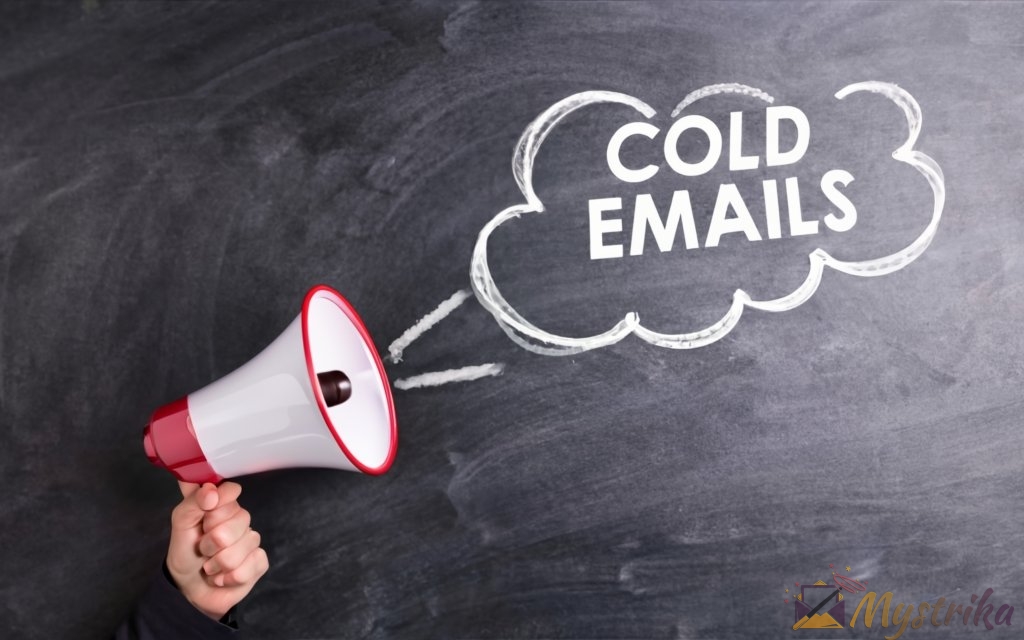
Sample Emails and Real-World Examples
Seeing examples helps apply email best practices to real-life scenarios. Let’s walk through templates and samples for common email uses across different industries:
Meeting Request Email Template
Subject: Meeting next week to discuss [purpose]?
Hi [name],
I hope you’ve been well! As we briefly discussed at [previous interaction], I wanted to follow up about [topic requiring meeting].
I think it would be great if we could get 30 minutes together next week to explore [meeting goals]. Are you available on [date] or [date]?
Looking forward to connecting further and learning more about [relevant interests]. Let me know if another time works better for you.
Thanks!
[Your name]
Introduction Email to New Client
Subject: Introduction from [your name] at [company]
Hi [name],
[Mutual connection] suggested I reach out to introduce myself. I’m [your name], [role] at [company]. We’re experts in [key capabilities relevant to client].
I understand you’re looking for a partner to help with [client goals/pain points]. [1-2 sentences on how you can help].
Would you be open to a quick call to discuss further? I’m available on [days/times] and would love to learn more about your needs.
I look forward to talking soon to see if we’re a good fit!
Best,
[Your name]
Thank You Email After Meeting
Subject: Thank you!
Hi [name],
Thank you again for taking the time to meet with me today. It was great learning more about [relevant discussion topics].
Based on our conversation, I believe [company] can absolutely help you [key ways you can serve client]. [Summary of solutions/value proposed].
Please let me know if you would like to schedule a follow-up call to discuss next steps. I’m happy to answer any other questions in the meantime.
Thanks again, and I look forward to continuing the conversation.
Regards,
[Your name]
Educational Institutions
- Welcome email to new students from dean/professor
- Parent newsletter from school administration
- Follow-up communication about academic probation
- Campus event invitations/emails
- Assignment reminders from teachers
- School closure notifications
- Intro email to connect with a prospect
- Email newsletter with blog content, special offers, etc.
- Follow-up after sending a proposal
- Re-engagement email for inactive subscriber/client
- Thank you note after sales call
Nonprofit Organizations
- Thank you to donor for contribution
- Invite to upcoming fundraiser event
- Status update to rally support a cause
- Newsletters updating community impact
- Volunteer appreciation messages
- Grant application notices
Recruiters/HR
- Candidate follow-up after job interview
- Rejection email to applicant not moving forward
- Message about next steps in hiring process
- Email to schedule interview
- Welcome onboarding email to new hire
- Policy update notifications to employees
The key is tailoring tone, formatting, and content to the specific situation while following general best practices. Use these examples as templates to communicate effectively in any industry!
Email Alternatives for Business Communication
Email is ubiquitous, but for some situations, other communication tools may be more effective. Here are popular alternatives to email for business:
Instant Messaging and Chat Apps
Platforms like Slack, Microsoft Teams, and Skype enable real-time communication, perfect when you need to collaborate or respond quickly. Their threaded conversations keep related topics organized.
Productivity Suites and Collaboration Software
Tools like Microsoft 365, Google Workspace, and Asana provide a central hub for email, document sharing, task management, and more. Great for team project coordination.
Video Conferencing Platforms
Seeing facial expressions and body language makes video chats like Zoom, Skype, and Google Meet better for sensitive conversations, brainstorms, trainings, and events.
Social Media Messaging
For connecting with prospects, following up with clients, and providing customer service, the messaging features of LinkedIn, Facebook, Twitter, and other networks are helpful.
Key Advantages Over Email:
- Real-time communication for quicker responses
- Enables more natural conversations with chat/video
- Centralized access to integrated tools
- Public visibility of social media outreach
When to Choose These Alternatives:
- Brainstorming sessions and collaborative meetings
- Conflict resolution and sensitive topics
- Client consultations and onboarding
- Customer service conversations
- Public relations and lead generation outreach
The Takeaway
While still essential, email alone isn’t always the best choice. Depending on your needs, other options like chat, video, and social media messaging may be optimal. Consider the advantages of each channel and use the right tool for the job. A strategic mix will boost your business communication.
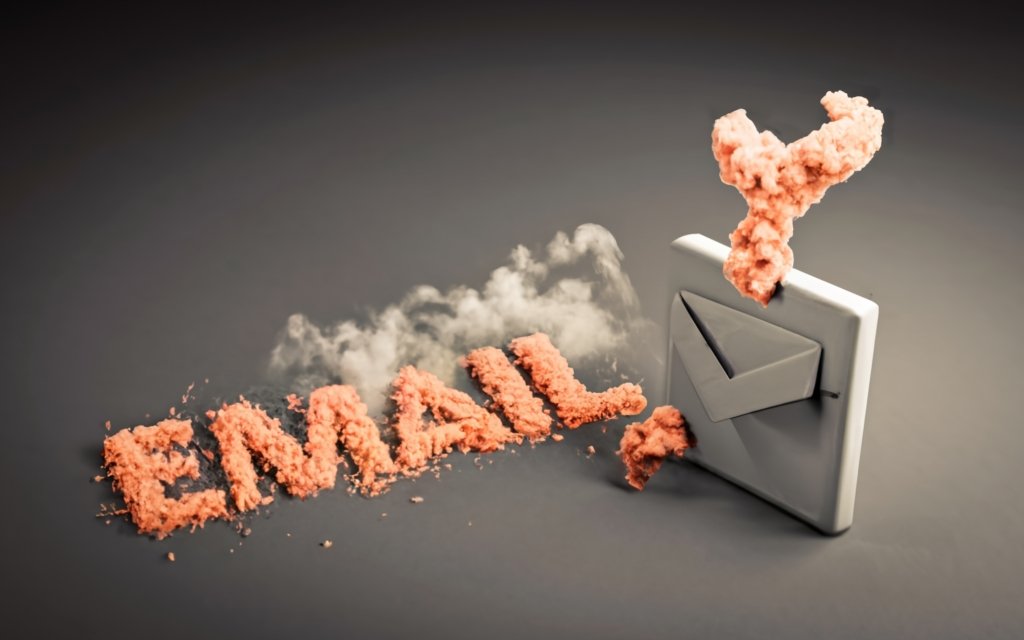
The Future of Email: Trends and Predictions
Communication continually evolves. How we use email today differs greatly from the ’90s. Looking ahead, what potential shifts will impact email marketing and outreach?
The Mobile Revolution
Email has adapted with the explosive growth of smartphones and tablets. Mobile inboxes now dominate, so ensuring emails render smoothly across devices is crucial. More users may gravitate toward apps over webmail.
Messaging Apps for Business
Standalone messaging platforms like Slack and WhatsApp are popular in personal contexts. Their business use is expanding. Email may integrate with or face mounting competition from business messaging apps.
The Rise of AI and Personalization
AI can analyze data to send hyper-personalized emails tailored to each subscriber’s interests and behaviors. Machine learning also enables predictive insights for undefeated subject lines and content.
Increased Segmentation and Targeting
Gone are the days of blasting everyone on a list the same email. Sophisticated segmentation based on demographics, attributes, and actions allows targeted outreach.
Enhanced Security
Email security and authentication methods will continue improving to combat phishing scams and spoofing. Future emails may integrate blockchain, biometrics, or other verification safeguards.
The Takeaway
While email endures as a staple of digital communication, its form and role will evolve. Tracking emerging trends allows brands and businesses to adapt email marketing strategies for long-term success.
Focus on mobile optimization, personalization, increased segmentation, and integration with new communication channels. With a little foresight, your email program can stay ahead of the curve!
Key Takeaways
- Email has evolved from early ARPANET messaging to an indispensable business and personal communication tool powered by standardized protocols like SMTP, POP3, and IMAP.
- Following best practices for email etiquette, like clear subject lines and signatures, helps ensure professionalism. Proofreading and concise writing are key.
- For businesses, email marketing generates higher ROI than other digital channels. Successful campaigns require careful list segmentation, branding, and optimization.
- Cold email outreach works best when personalized and adds clear value. Tools like Mystrika help manage campaigns while improving deliverability.
- Tailor emails to any scenario or industry by following examples and templates for common use cases. Add a human touch.
- Chat, social media, video conferencing, and collaboration software provide alternatives to email that may be better suited for some business needs.
- As email evolves, trends like AI, stronger security, and integration with messaging apps will impact email marketing and communication strategies.
Following email best practices while adapting to new developments can keep your personal and professional emails effective for years to come. This guide provided actionable tips and real-world examples to set your emails apart!
Frequently Asked Questions
Q: How long should an email be?
A: For professional emails, 1-5 concise paragraphs are recommended. Avoid lengthy emails over 10 paragraphs unless vital.
Q: Is it OK to use emoji in work emails?
A: Use emoji sparingly and only if you have an established friendly rapport with the recipient. Avoid in formal business contexts.
Q: How should you sign off an email?
A: “Best” or “Regards” are safe professional options. Use your first name if you have an existing relationship.
Q: What is the ideal frequency for email newsletters?
A: 1-2 times per month is ideal for most business contexts. Determine frequency based on value of your content and audience preferences.
Q: What is the best time to send marketing emails?
A: Early morning or mid-day on Tuesday-Thursday tend to have highest open rates. Test different timing with your audience.
Q: How can I make sure my emails reach the inbox rather than spam?
A: Include an accurate subject line, avoid spam trigger words, personalize content, and use authentication methods like SPF.
Q: How quickly should I follow up after an unanswered email?
A: Follow up after 3-5 business days if no reply. Any sooner risks annoyance.
Q: What are some alternatives to email I can use?
A: Chat apps, video conferencing, collaboration software, social media messaging, and productivity suites provide other options.

